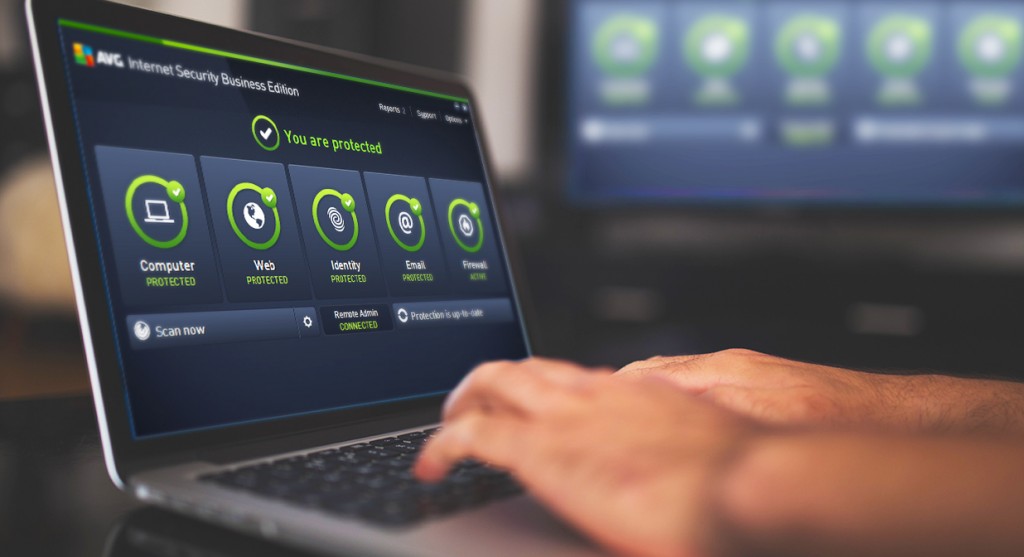A recent article in Forbes by CenturyLink claims that the average IT security breach costs $3.8 million. This is a phenomenal figure that most businesses needn’t concern themselves with, though it serves to highlight a very worrying fact – IT security breaches are expensive to rectify.
Not only could there be a possible interruption to IT systems that would hamper or impede a business’s ability to provide customers with products and services, but a breach could also result in a loss of customer confidence. This is one of many negative knock-on effects that IT security breaches have the capability of inflicting, and it’s why it’s so important to have staff with the proper NIST 800-171 certification that can keep you safe from and updated on cybersecurity threats.
Cloud Computing
The iCloud hacking fiasco highlighted the need for better cloud computing security, but have we seen it implemented universally yet? According to Rohit Gupta, cybersecurity firm Palerra’s CEO, hackers targeting cloud computing networks will be one of the biggest cybersecurity threats in 2016. With OT cybersecurity standards one can be assured of safety of their system.
Cloud Based Email Spam Threats
Email spam has long posed a number of problems for businesses of all sizes and this particular threat has been increasing in severity for quite some time now. Cloud based antispam solutions are now widely available and work by analysing your emails using a number of different filter layers to identify threats.
Clean emails are forwarded to your mail server while emails flagged because they’re detected as spam or are infected with a virus are placed in quarantine. This is an excellent strategy that relieves email servers of spam and virus infected emails.
Mobile Devices and BYOD
With mobile device usage ever more prevalent and widespread, the IT threats we all face are increasingly personal in nature. However, the security risk to businesses is considered even more pronounced, especially when one takes into account that “mobile platforms are becoming the access point of choice for the enterprise,” as Mike Meikle of security consulting company SecureHIM recently pointed out.
What’s more, with nearly 50 percent of all BYOD devices used by employees lacking a password, a personal identification number (PIN) or a pattern lock, BYOD has become a notable cyberthreat for many business organisations across the country.
Phishing Attacks
Whilst phishing is nothing new, many experts believe it’s one of the most prominent cyberthreats we can expect to see in 2016. And with most businesses at risk, it’s a cyberthreat that no one can afford not to take seriously.
The Global Phishing Survey of the Anti-Phishing Working Group (APWG) found that 124,000 unique phishing attacks took place around the globe in the last six months of 2014 alone. These occurred on more than 95,000 unique domain names, further highlighting the lengths cybercriminals will go to.
Along with the three IT security threats discussed so far, UK businesses should also be on the alert for malware, CryptoWall and other types of ransomware, and DDoS attacks. Additionally, it’s also important to understand that IT threats emanate from within organisations as well as from external sources, so also be aware that employee errors can put your organisation at risk, as can poor patch management.
Make sure you’re protected from these top network attacks and security issues by using effective security tools. Cybercrucible can help with API security by detecting threats, such as authentication and authorization vulnerabilities, injection vulnerabilities, and broken authentication.

